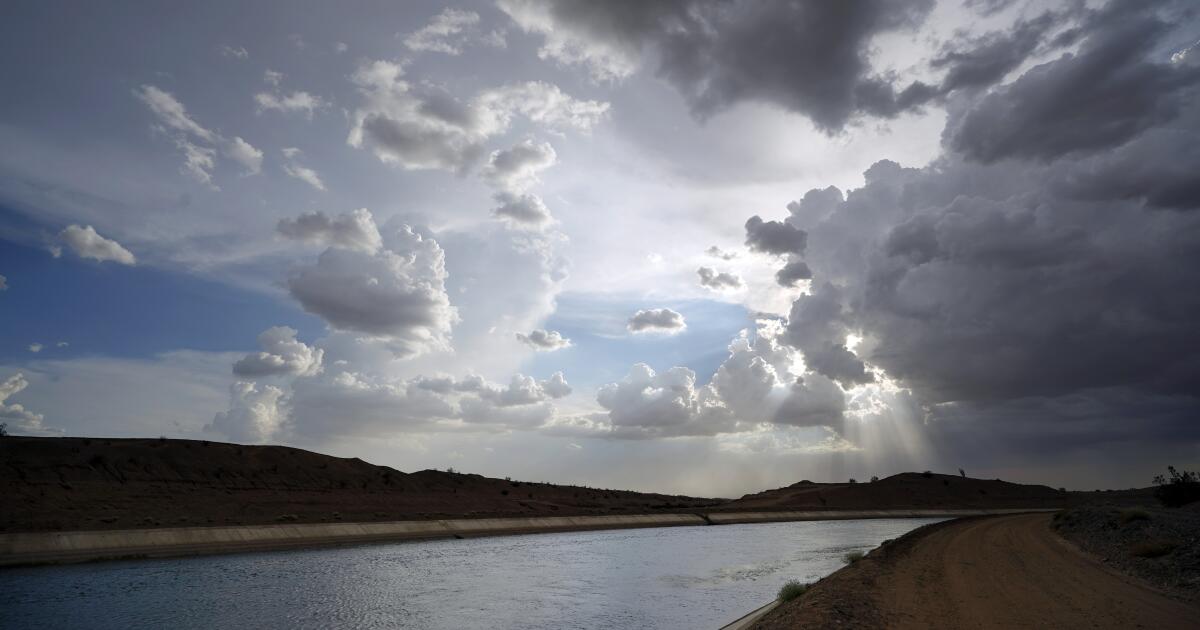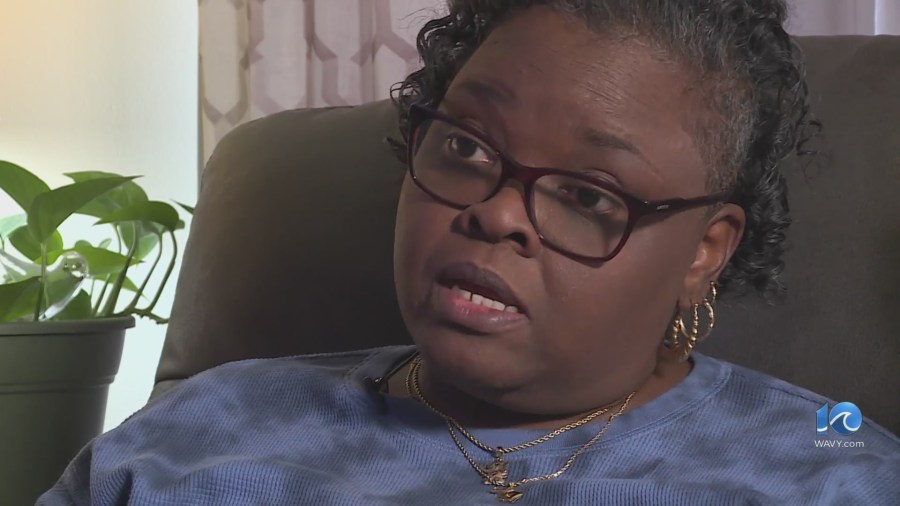
Customers in two North County water districts overwhelmingly voted to leave a regionwide agency for a simple reason: They can get less-expensive water elsewhere.
But the broader dynamics that led to this moment are complex — and are expected to increase costs for years to come for ratepayers remaining with the San Diego County Water Authority, an umbrella organization currently with 24 member agencies.
For now, the future of regular and possibly large increases seems locked in, irrespective of Tuesday’s election in the Fallbrook Public Utilities District and Rainbow Municipal Water District, which still must resolve legal, financial and technical issues before finalizing their exits.
The two districts plan to join the Eastern Municipal Water District, a Riverside County agency that has promised cheaper water.
The county water authority has been opposed to the detachment of Rainbow and Fallbrook, in large part because San Diego officials say that will exacerbate rate increases. But actions long ago set the stage for the bulk of the increases.
This is unlikely to lead to a mass exodus of water authority members, who don’t have the proximity and plumbing connections with a potential competing supplier the way Rainbow and Fallbrook do with the Riverside district.
Further, state legislation was recently passed making it more difficult to leave. In addition to needing an affirmative vote from people within their district — the current requirement — other agencies would also need countywide voter approval.
That legislation backed by the water authority was specifically targeted to stop Fallbrook and Rainbow, but it didn’t receive enough votes to take effect immediately and instead will become law in January, two months after the districts voted to leave.
The exit of the Fallbrook and Rainbow districts would mean they no longer would help pay off debt accumulated by the water authority over the past two decades from a massive infrastructure upgrade costing more than $2 billion that improved water storage and expanded supplies.
The districts contend they don’t benefit from a lot of that building program, yet they are paying for it.
Initially, the costs of infrastructure improvements were considered a worthy trade-off for reliable long-term water supplies in a future projected to have recurring droughts.
Some of those decisions are being second-guessed today as customers of water authority member agencies are experiencing rising rates with no end in sight.
Part of a lawsuit filed by the water authority is over the $24.5 million in exit fees set by the agency that also approved of the districts’ departure — the Local Agency Formation Commission. The water authority contends the appropriate figure is $140 million.
In addition to the two districts, LAFCO is named in the lawsuit, in part, because the water authority says the commission failed to abide by the California Environmental Quality Act in its ruling.
LAFCO rejected that claim and in a statement said it “followed the CEQA statutes to a tee. . .”
In any case, the “divorce,” as it has often been called, is not a done deal yet.
Regardless, the outlook for the water authority, its members and their customers doesn’t look pretty.
That future of rate increases had received growing attention in recent years, but it hit with a jolt in March when the water authority announced that member agencies should prepare for a 14 percent increase in the cost of wholesale deliveries next year.
“I heard several gasps in the room as the rate amount came up,” said then-water authority General Manager Sandra Kerl, according to The San Diego Union-Tribune.
Water managers pledged to try to roll back the rate hike and, depending on variables, the actual increase may drop below double digits. Already, some water customers had been struggling to pay their bills.
Why this is happening is a now-familiar story. The water authority, like other agencies, years ago underestimated the willingness of customers to conserve.
Efren Lopez, a water resource manager with the authority, told KPBS last month that over the past 35 years, San Diego had reduced water use by nearly 50 percent.
“Those are incredible numbers and that is what keeps us really reliable,” Lopez said.
The flip side is the infrastructure and supply-building created fixed costs that don’t go down when less water is used — a source of frustration to average consumers and district managers alike.
All that proactive work was launched long ago on the assumption that the water authority would be selling much more water than it is to pay off the debt.
Sales will take another hit when wastewater recycling operations come online in San Diego, Oceanside and East County.
In these days of drought projections and concern about the future health of the Colorado River, it seems odd that an abundance of water over the long term is a concern for any agency.
For some time, the water authority was lauded for its aggressive effort to build a reliable and diverse water supply. In particular, its agreement with the Imperial Irrigation District to pay farmers to conserve — by helping fund more efficient technology — has been viewed as a model across the western United States. That water saved from the Colorado River comes to San Diego.
But the decision to build a desalination plant in Carlsbad, which some criticized from the outset on environmental and cost grounds, has increasingly come under scrutiny. That produces some of the most expensive water anywhere and San Diego is saddled with it, at least for now.
There is a potential positive development on the horizon, however.
The trajectory of rate hikes could be lowered for a while by a water-trading plan being considered by the San Diego water authority, the Los Angeles-based Metropolitan Water District of Southern California and the Imperial Irrigation District, according to the Voice of San Diego.
Whether that agreement can be reached and what effect it may have on water rates is uncertain. It also would be a temporary arrangement, but water managers suggest it could be a framework for the future.
Meanwhile, the cost of water will continue going up in most of San Diego County.
What they said
Jeremy B. White (@JeremyBWhite) of Politico on plans to take part of a dog park for a bike path in Los Angeles.
“Dog Twitter v Bike Twitter: this should be good.”







